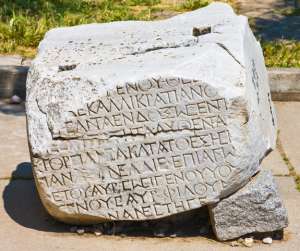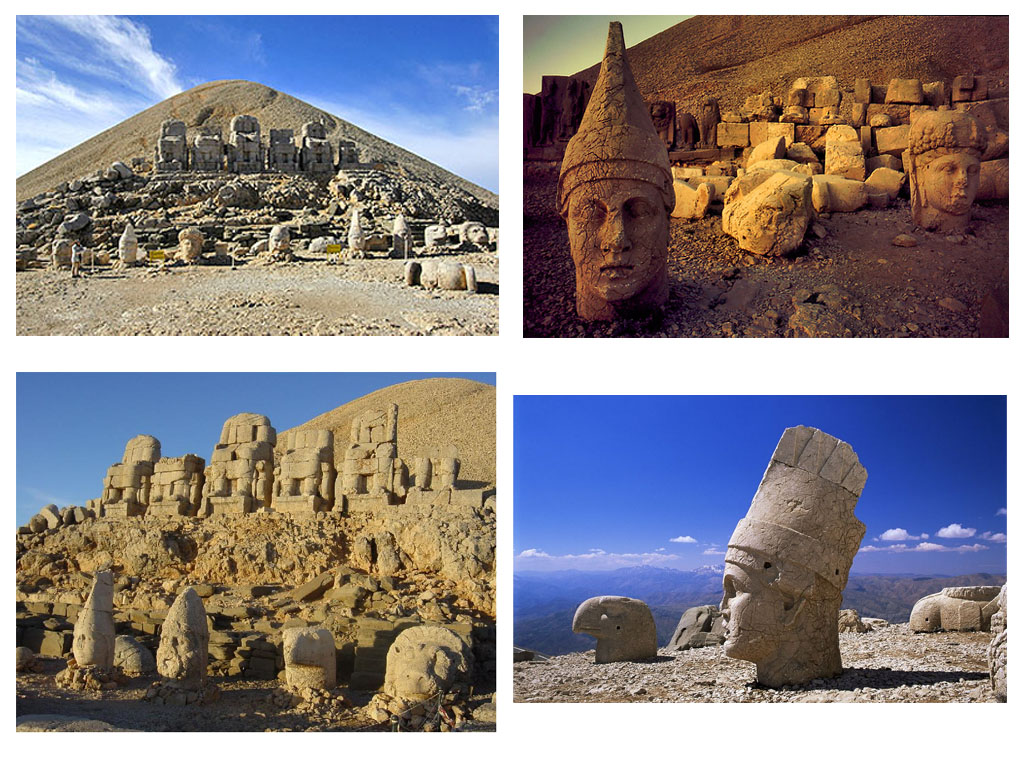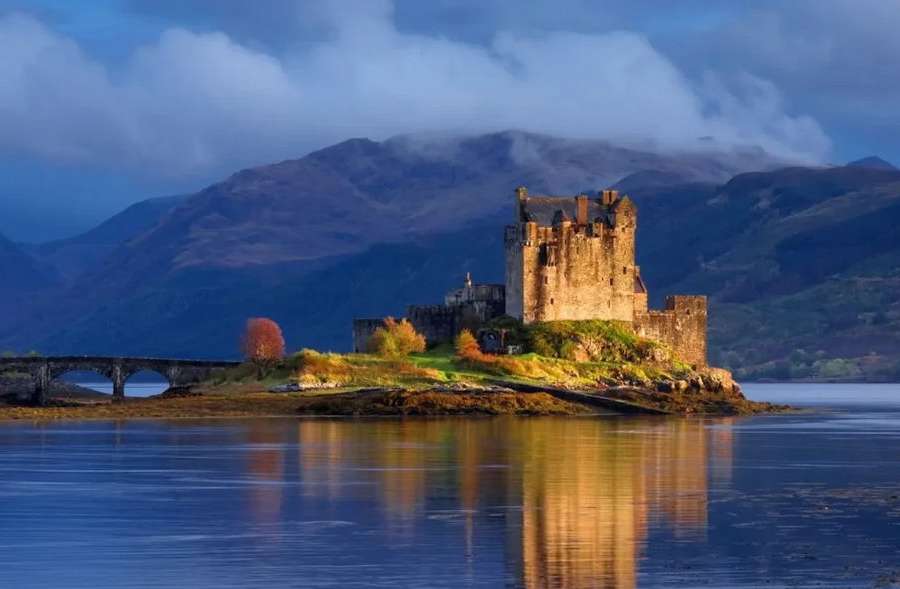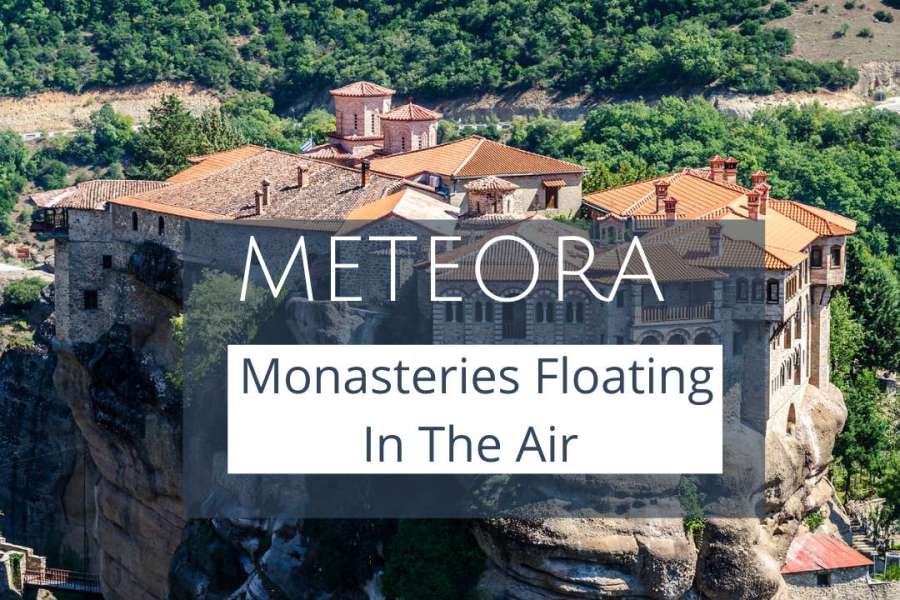It’s used to say funnily that in Turkey it’s not recommended to dig, because there can be found as many artifacts in every little hole, that the archeologist immediately invade the area. This maxim has true basis, since Turkey’s history is dating back to thousands of years and has a great mix of many cultures, so the tangible memories are almost inexhaustible. These are those attractions, interesting places, exciting sights which attract millions of tourists every year here, where Europe and Asia meets.

In Turkey 11 sites, cultural and natural heritages belong to UNESCO World Heritage list which represent outstanding value to humanity. The earliest in 1985 Goreme National Park and the rock churches of Cappadocie were added to the list. This is a really breathtaking place. In Goreme Valley an almost lunar landscape unfolds, full of monolithic stone columns, former residental sites, which carved to present form by erosion. The tufa formations was created by volcanic activity, but in the 4th century monks already have lived here and in their cave temples the frescoes are still visible. Since the 6th century underground settlements was created in this area, which were primarily served for early Christians as refuges from Arabic attacks.

Also in 1985 the Divrigi Great Mosque and Hospital were added the World Heritage sites as masterpieces of Islamic architecture. These are in the Anatolian region which was occupied by Turks in the 11th century. The Great Mosque and its hospital was found by Emir Ahmed Shah in the 13th century. Their interiors are clean and simple, but the exteriors are extremely rich in carvings and decorated with floral and geometric motifs. The 700-year-old, massive structures preserved their original forms, they belong to the most beautiful monuments of Anatolia.

The historic districts of Istanbul rather reflect the Arabic, than the European impact. The former Byzantine and Ottoman capital, Istanbul still bears the marks of the successive powers and the different historical periods which all we can visit at the World Heritage site. The sightseeing in these streets is just like time travel. If we would like to see every details, we need more than one day. If it’s not possible at least add Hagia Sophia and Blue Mosque to our program list.
The remains of the more than 3000-year-old buildings of Hattusas, the capital of Hittite Empire, was taken to the World Heritage list in 1986. Among the massive stone blocks the archeologists identified temples and city walls, several cuneiform monuments and two sphinxes were unearthed and then restored in Berlin. The one wich was in better condition, was shipped back to Turkey and placed in the Istanbul Archeological Museum. However, the Turkish authorities reclaimed to themselves the other too, so in 2011 both sphinx was placed back to their original position, to the Bogazkoy Museum, in the neighborhood of the ruins. The most famous attractions of Hattusas are Lion Gate and King’s Gate, which were the entrances of the former city walls.
Nemrut Dag belongs to World Heritage sites since 1987. South-east of Turkey, at the top of Mount Nemrut, at 2000 m above the see level we find huge sculptures. I. Antiochus chose this place for his grave and declared it a sacred site. Around his monumental barrow 7 m tall deities, figures of lions and eagles and broken heads of huge statues can be seen scattered everywhere. On the top of Mount Nemrut we actually see the ruler’s giant mausoleum and the satues were the guards of Antiochus’s tomb.
Hierapolis-Pamukkale lies a few hours drive away from Istanbul. The former Roman city was added to the prestigious World Heritage list in 1988, just like Pamukkale’s carbon-dioxide hot springs which sometimes reaching 100 Celsius degrees and were utilized thousands of years ago.
Hiearpolis, the ancient thermal baths built next to the springs. The waters of Pamukkale was primarily used for medicinal purposes, but bathing was also supplemented with religious ceremonies. Here the ruins of temples and shrines built around Pamukkale also can be seen. Besides the historical monuments, natural beauty of Pamukkale itself is also laudable.
Left the hot springs behind, face to South, we arrive to the area of two ancient towns, Xanthos and Letoon. The citadel, the amphitheater in Xanthos and numerous graves next to the town still preserve the traces of Romans, Byzantines, Lycians. The nearby Letoon was one of the religious centers in ancient Lycia, some of the earliest artifacts which unearthed here are from the 6th century BC. The monuments can be seen only in a fractions of what the archeologists revealed at the end of the 19th century. Today most of them are in British museums.
200 kms from Ankara, 6 hours drive from Istanbul lies the town of Safranbolu, one of the most beautiful examples of the Ottoman era. In its old town there are 1008 monuments, includes mosques, tombs, fountains, Turkish baths, caravanserais and a clock tower. The UNESCO added the town to the World Heritage list in 1994 because of the traditional Ottoman architectural styled buildings which remained in excellent condition. Among them the most famous are the Suleiman Pasha, the Koprulu Mosque and the Hotel Cinci built in the 17th century.
 Not far from Istanbul lies the nine times destroyed and rebuilt city of Troy, which is on the list of UNESCO World Heritages since 1988. The ancient fortified city became famous by Homer’s Iliad and the Trojan Horse, but scientists said that it was a major trading center, too. Since many important routes passed through the town, it was often attacked and presumably this caused its final decay. Several well-preserved buildings can be found here, an amphitheater and a shrine, huge amounts of archaeological finds of the site are exhibited in numerous museums of the world.
Not far from Istanbul lies the nine times destroyed and rebuilt city of Troy, which is on the list of UNESCO World Heritages since 1988. The ancient fortified city became famous by Homer’s Iliad and the Trojan Horse, but scientists said that it was a major trading center, too. Since many important routes passed through the town, it was often attacked and presumably this caused its final decay. Several well-preserved buildings can be found here, an amphitheater and a shrine, huge amounts of archaeological finds of the site are exhibited in numerous museums of the world.
On the border of Greece and Bulgaria lies Edirne with the Selim Mosque. The 500-year-old building was created by the most famous Ottoman architect, Sinan. The mosque is surrounded by a complex of buildings, where there was a school, a library and a market. The exterior of the building is very impressive, but its interior is more expressive with the rich and detailed decoration.
Catalhöyük is the latest World Heritage site in Turkey, it was added on the list in 2012. It has a special value because this is the largest neolitic site where the archaeological finds remained in a very good condition. On this area more settlements existed, the number of inhabitants is estimated about 5000-8000 people. The buildings were mostly simple-looking houses built of clay and brick, very interesting fact that people in the 7-6th millenium BC payed great attention to the purity, they stored the waste outside their houses. The settlements of Catalhöyük had no streets, houses were very closed to each other so people could walk through the roofs. Inhabitants primarily involved in agriculture, hunting and handicraft, their products were exported to Syria.










